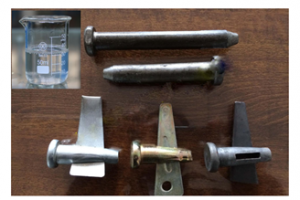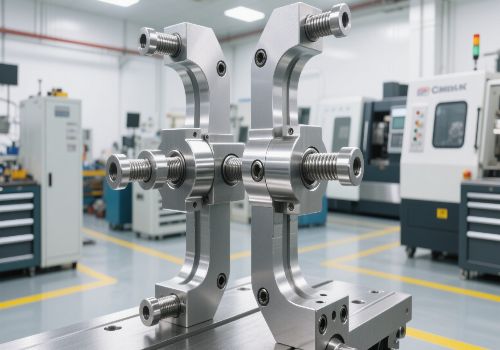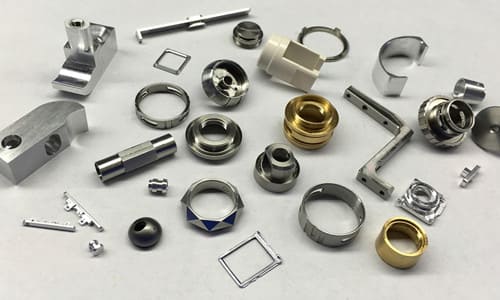In the process of metal processing, in order to achieve the purpose of rust removal and degreasing, the metal cleaner needs to be used to clean the metal. The metal cleaner is mainly composed of a surfactant added cleaning aid, a rust inhibitor, and a defoamer. It has strong cleaning and decontamination ability. This article will specifically introduce the use of metal cleaner and precautions.
Precautions during the use of metal cleaner:
1.Pay attention to the concentration of cleaner
The concentration of the cleaner has a great influence on the cleaning effect. Generally, as the concentration increases, the ability to decontaminate is stronger. However, after reaching a certain concentration, the ability to decontamination has not been significantly improved. In this case, the concentration of metal cleaner will be controlled between 3% and 5%. According to the product’s instruction manual to configure, if the decontamination effect is not satisfactory, do not increase the concentration of cleaner, but should choose other formulations.
2.To master the cleaner temperature
As the temperature rises, the cleaner will continue to increase its decontamination capacity, but after a certain temperature is exceeded, the decontamination capacity will decrease. Therefore, in order to ensure the detergency of the cleaner, it is necessary to set an optimum temperature range. In particular, non-ionic cleaner need to have their temperature controlled below the cloud point.
3.To master the use time of cleaner
The disposable cleaner can be used many times, and the time of use depends on the number of cleaning parts and the degree of contamination of the cleaner. Under normal circumstances, the disposable cleaner is used for 7 days to 14 days. Therefore, in order to save the amount of cleaner, improve the quality of cleaning, it should choose a reasonable arrangement of the cleaning sequence according to the characteristics of the parts.
4.Pay attention to the type and nature of part dirt
Differing types and properties of dirt appear on the parts. There are liquid-phase oil stains such as sludge, scale, coke, rust, and other solid-phase oils, and lubricating oil and grease residues. For different types of dirt, you need to use different types of cleaner to remove. Scale and rust are commonly removed by cleaner; other oils, greases, etc. can be cleaned with heavy oil cleaners.
5.Prevent parts from being corroded
When cleaning parts, care must be taken to avoid parts being corroded by cleaner. For parts such as copper, lead, and zinc that are easily corroded, precision instruments, and instrument parts, a cleaning agent that is close to neutrality, low corrosion, and strong anti-rust capability should be selected.
6.Consider cleaning conditions
For parts in different environments, the cleaning conditions need to be considered when cleaning. With steam heating conditions, high temperature cleaner can be used to clean the metal. If the manual cleaning or the cleaned parts are not suitable for heating, the low-temperature cleaner is used. When using mechanical cleaning and pressure spray, use a low-foam cleaner.
Note: Above information is just for reference only.
We offer CNC Machining, Metal Stamping, Metal fabrication services, if you have project need support,contact us today.











